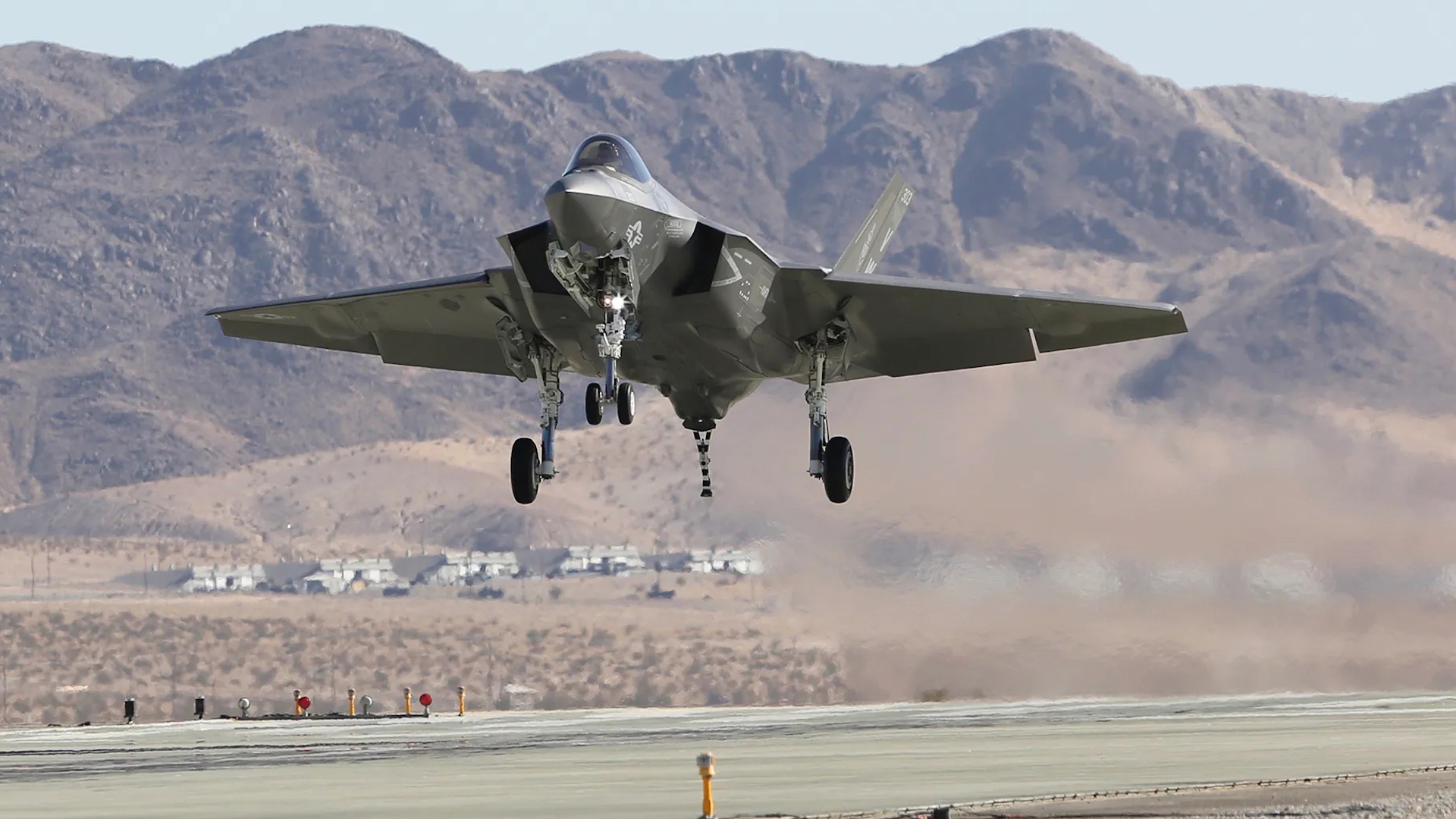General Atomics has told TWZ that it’s looking at adapting its ship-based Electromagnetic Aircraft Launch System and Advanced Arresting Gear, known as EMALS and AAG, respectively, for use on land. While the company first developed EMALS and AAG for the U.S. Navy’s Ford class aircraft carriers, the growing interest in expeditionary campaigns ashore is driving new thinking about how to operate aircraft without access to large traditional runways.
Speaking to TWZ, C. Mark Brinkley, a General Atomics spokesman, said: “Our friends at GA-EMS [General Atomics Electromagnetic Systems Group] have been exploring expeditionary electromagnetic launch and recovery systems and have conducted extensive research into the concept.”

The basic underlying concept here is something the U.S. Marine Corps actually employed to support combat operations during the Vietnam War, as you can read more about in this past TWZ story.
As well as being central to the capabilities of the U.S. Navy’s Ford class carriers, derivatives of the EMALS and AAG designs have also been selected for use on France’s next-generation carrier and are also likely to be included on India’s future INS Vishal. EMALS and AAG, or similar technologies also might be an option for the U.K. Royal Navy, which has aspirations to expand the range of fixed-wing aircraft that can be operated in the future from its Queen Elizabeth class carriers.

EMALS, in particular, has been tricky to master but now offers a range of advantages over steam-powered catapults. Most obviously, there’s no need for systems to generate and move large volumes of steam.
Just as important, however, are the increased sortie-generation rates due to lower reset times. Meanwhile, both EMALS and AAG are able to be more finely tuned in terms of the forces they exert on aircraft during launch and recovery, meaning that a wider range of aircraft types can be supported, including smaller and more fragile types. At the same time, wear and tear on individual aircraft is reduced.
The ability to operate aircraft on the smaller and lighter end of the spectrum extends to drones, which are also of particular relevance to expeditionary campaigns.
Looking at drones specifically, there is clearly a growing momentum behind initiatives that provide increased runway independence for these kinds of aircraft.
General Atomics’ own Mojave drone, derived from the U.S. Army’s MQ-1C Gray Eagle, is optimized for short takeoffs and landings from semi-improved surfaces with an emphasis on supporting various kinds of expeditionary and distributed operations. The Mojave’s short-field performance also makes it suitable for carrier-based operations without any need for a catapult to launch it or arresting gear during recovery, a concept that has been tested aboard the Queen Elizabeth class carrier HMS Prince of Wales, as you can read about here.

While drones are increasingly being eyed for future expeditionary warfare scenarios, there remains the problem of ensuring they maintain a good balance of payload and range, even during short-field operations.
Reflecting this is the example of the stealthy XQ-58 Valkyrie drone. While this can be employed in a completely runway-independent mode if desired, it has also begun demonstrating a new way of getting into the air with the help of a wheeled trolley. The Kratos Trolley Launch System (KTLS) allows the XQ-58 to take off with more fuel and/or larger payloads. While the KTLS has been demonstrated with a traditional runway, the new launch method could also be used to launch XQ-58s from straight roads or other suitable surfaces.
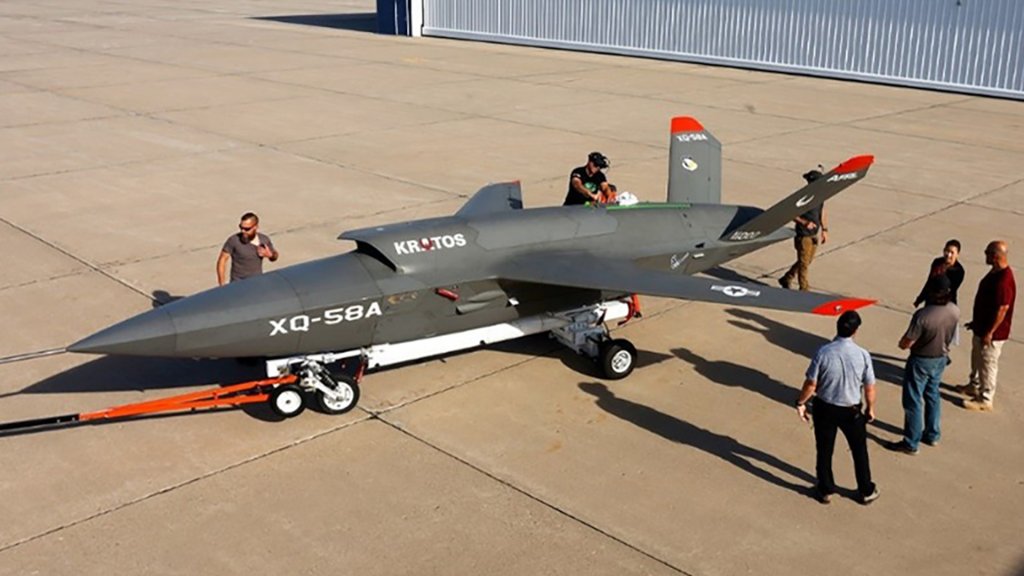
A land-based development of EMALS and AAG would appear to offer another means of getting aircraft — crewed or otherwise — launched and recovered from non-traditional operating surfaces.
The potential of harnessing EMALS and AAG to operate fixed-wing aircraft from shorter airstrips recalls the aforementioned Short Airfield for Tactical Support (SATS) system, used by the U.S. Marine Corps in Vietnam.
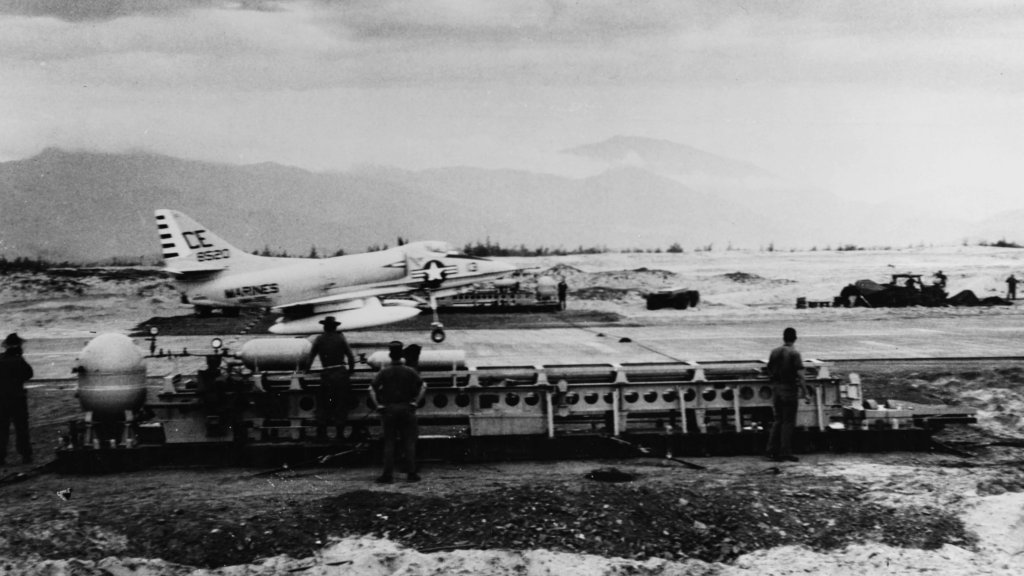
SATS launched jets via a trackless catapult and recovered them using aircraft carrier-style arresting gear. Unlike a catapult found on an aircraft carrier, which runs down a trackway recessed in the deck, the trackless version was based on a wheeled dolly and a cable-tow driven by a capstan, powered in turn by turbine engines.
The obvious advantage was the ability to get fixed-wing aircraft into the air and land back at the base without the need for a lengthy, traditional runway. This also helped address the performance limitations that came from the hot and humid conditions in Southeast Asia.
However, SATS required a considerable infrastructure footprint, and it was only ever installed at a single location. Ultimately the runway was extended to 10,000 feet and provided with a concrete surface, as well as adjacent parking ramps and taxiways, making the overall facility much closer to a traditional air base in terms of the way it operated.
Testing the CE-2 trackless aircraft launcher as part of the SATS system at Quantico, in 1963:

While EMALS and AAG clearly offer many benefits compared to traditional steam-powered catapults and arresting gear, there remain questions about how well they might be suited to be adapted for land bases, especially in an expeditionary capacity. For example, although EMALS has no requirement for steam, it still needs a considerable amount of energy for it to operate.
We have approached General Atomics for more details about the kind of footprint that a land-based, expeditionary version of EMALS and AAG would actually involve.
In the meantime, there’s no question that enabling these kinds of operations, especially in the Asia Pacific theater, is of growing interest to the U.S. military and others.
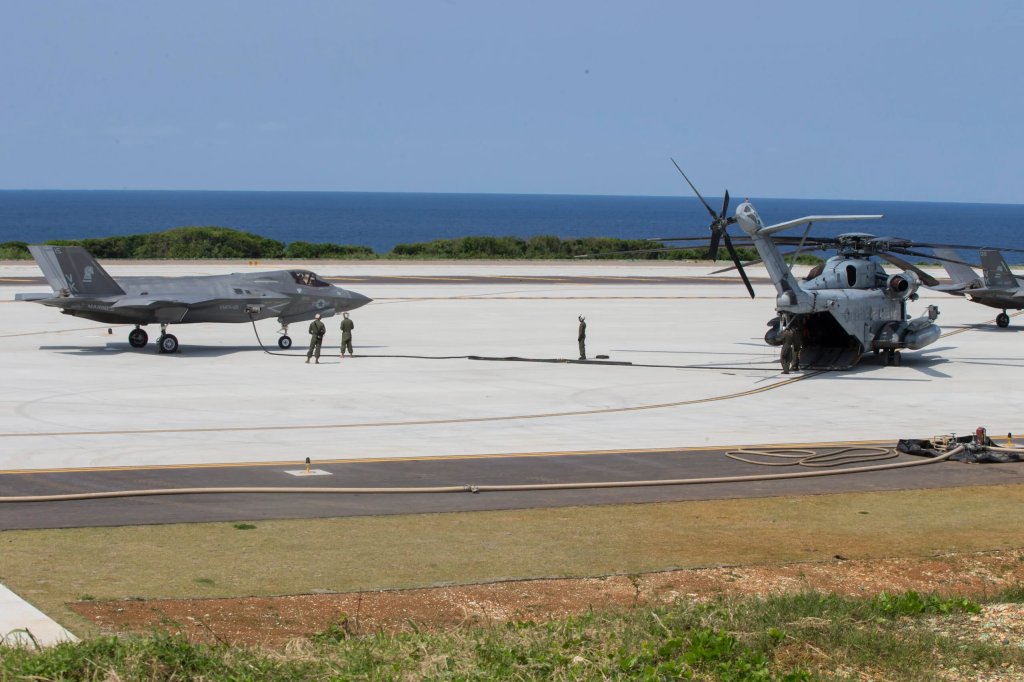
More than half a century since it was using SATS in the Vietnam War, the U.S. Marine Corps is again now at the forefront of experiments to bring tactical air power to bear anywhere it might be needed. The Marines describe this concept as Expeditionary Advanced Base Operations (EABO) concept, outlined in the Marine Corps Aviation Plan in 2019 as follows:
“A future naval operational concept that mitigates peer competitors’ anti-access/area-denial capability by creating a more survivable, resilient, and persistent forward-postured force. The EABO concept is designed to re-establish the force credibility required to have a deterrent effect. Using key maritime terrain in the vicinity of close and confined seas, EABO provides decision-makers with sea denial options that are coercive, but not escalatory.”
In an echo of the way that the service used carrier-capable A-4 and F-4 jets from SATS in Vietnam, the Marines are now exploring the potential for the F-35C carrier variant as well as the short takeoff and vertical landing (STOVL) F-35B to undertake short-field and austere operations.
One EABO scenario involves Marine F-35Cs using M-31 expeditionary arresting gear, permitting operations from smaller runways. While this reduces the length of the runway required for landing, it doesn’t address takeoffs from austere strips, as General Atomics is now eyeing with its land-based EMALS concept. Also, while operating a lightly loaded jet from an austere airstrip is one thing, this becomes much more of a challenge when the aircraft is carrying a heavier load of fuel and weapons, as it would be in a combat scenario.
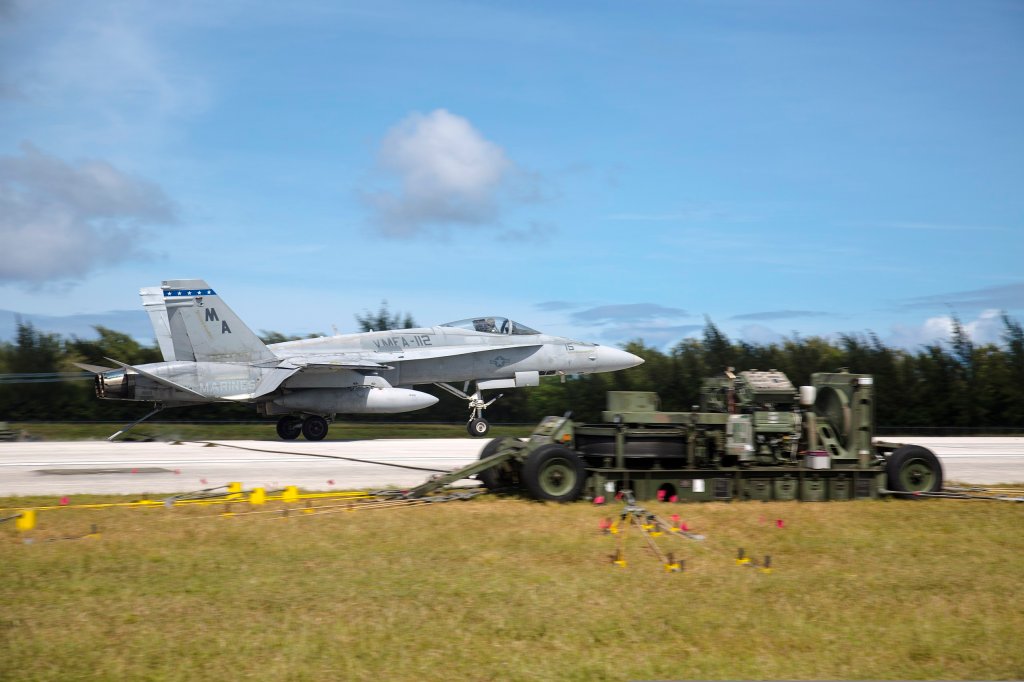
As with SATS, which brought tactical air power very close to the front lines in Vietnam, having the ability to launch and recover more heavily loaded aircraft from austere strips also has the potential to bring them closer to the fight, at the same time reducing their reliance on aerial refueling assets, which may not even be able to operate in these same remote and contested areas.
The ability to rapidly build up austere air bases is becoming an increasing focus of the U.S. military right now, especially as the Pentagon continues its “pivot” toward the Pacific theater. With the looming threat of a potential conflict with China — which could happen sooner rather than later, according to some predictions, it’s being recognized that established infrastructure, including traditional air bases, would likely be quickly destroyed. The same is the case for a potential confrontation with Russia in Europe, too, where expeditionary base concepts are now being seen as vital for any conflict with a near-peer threat nation. In fact, even if the runway at a conventional air base is damaged by enemy action, then a land-based EMALS/AAG solution could be one way of ensuring that it can continue operating.
If EMALS and AAG can be successfully adapted for land-based use, and the entire package is practical enough to be installed and de-installed where required, and quickly, then this could be a very interesting proposition not just for the Marines but for other services, too.
Contact the author: thomas@thewarzone.com
